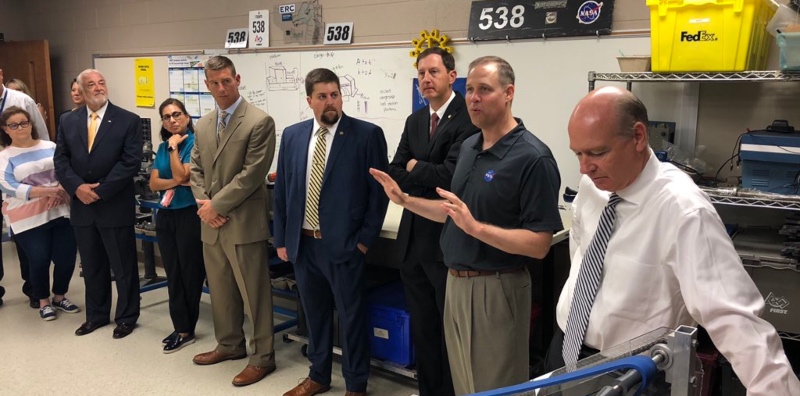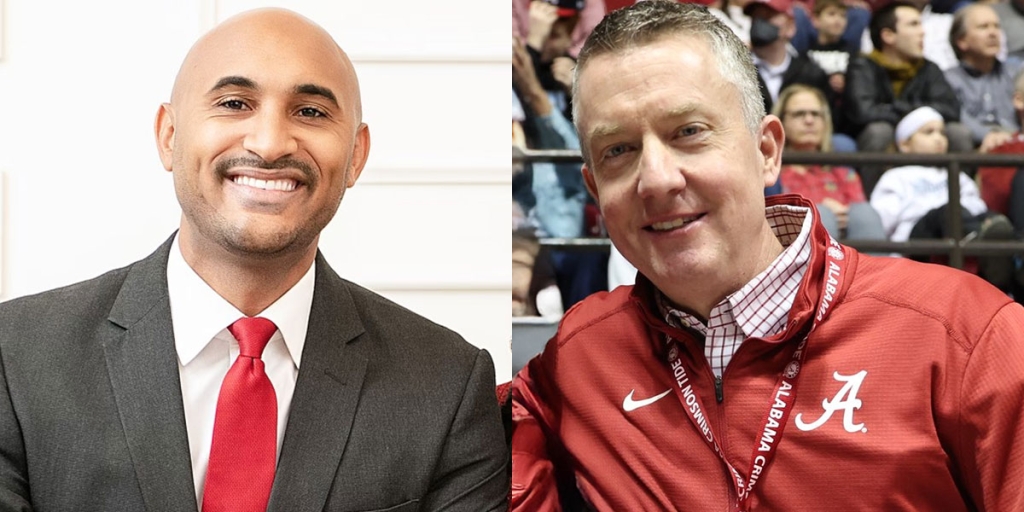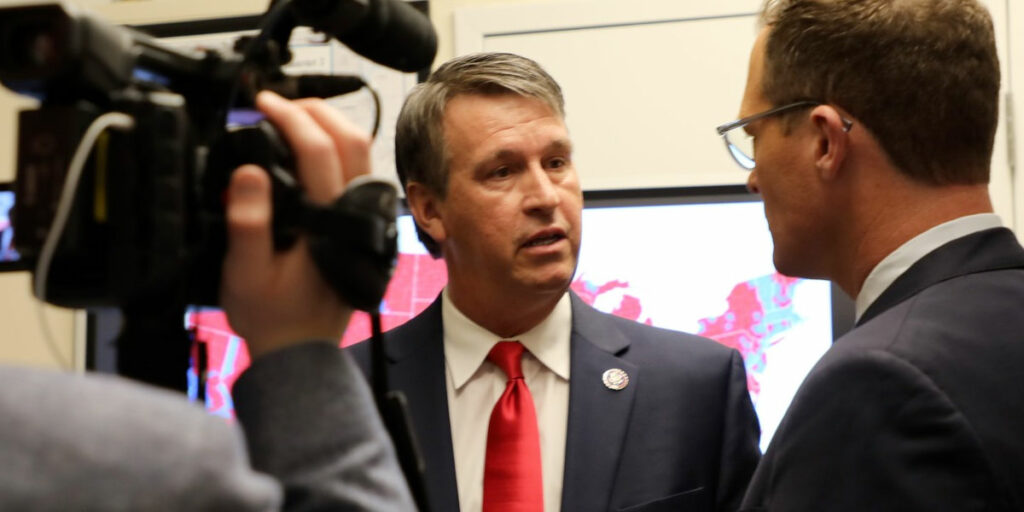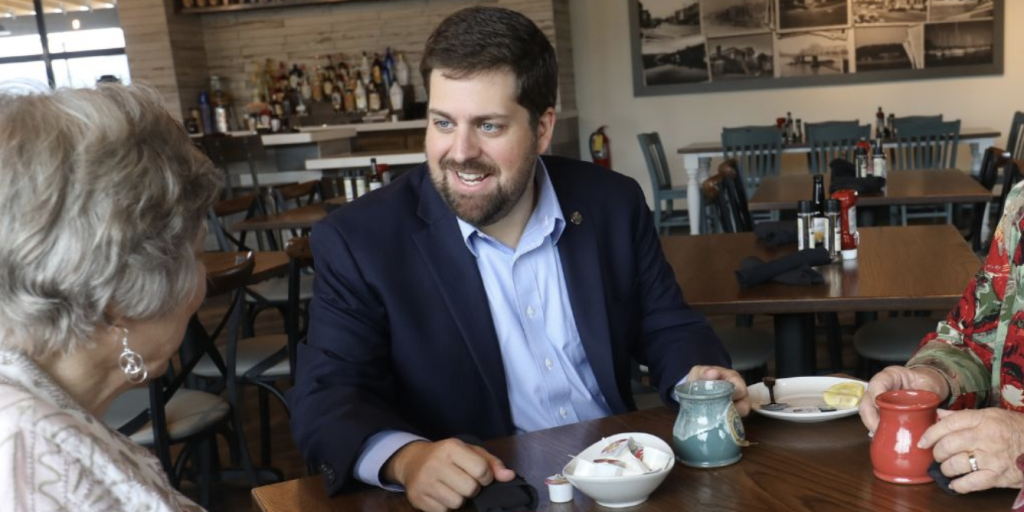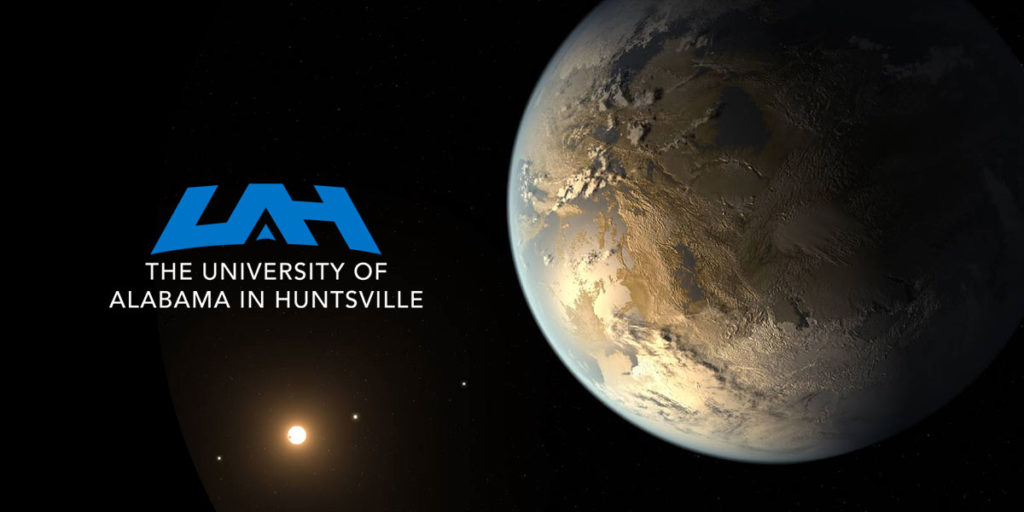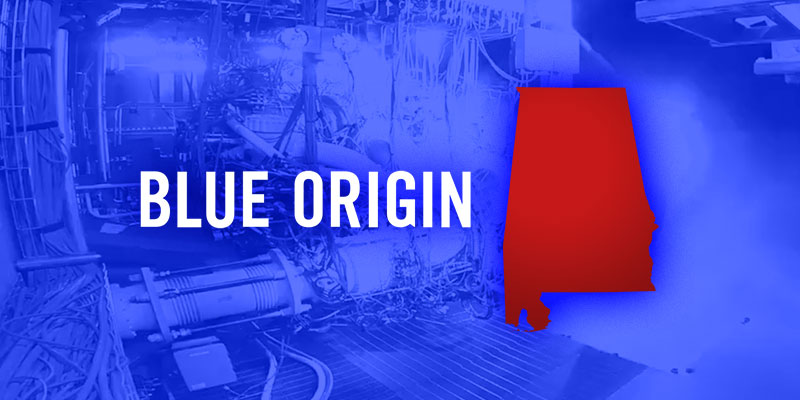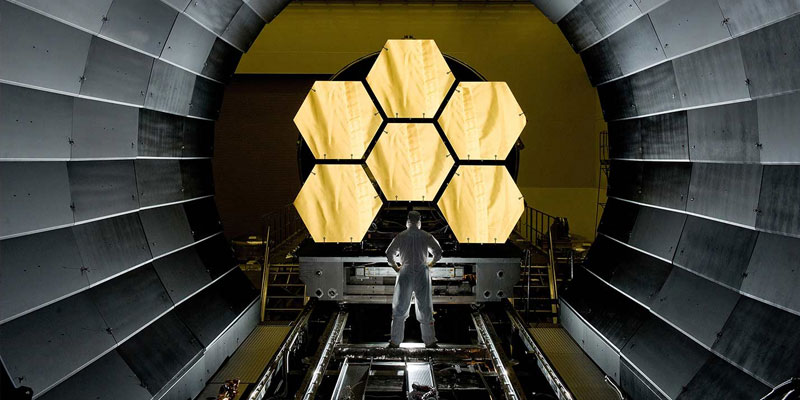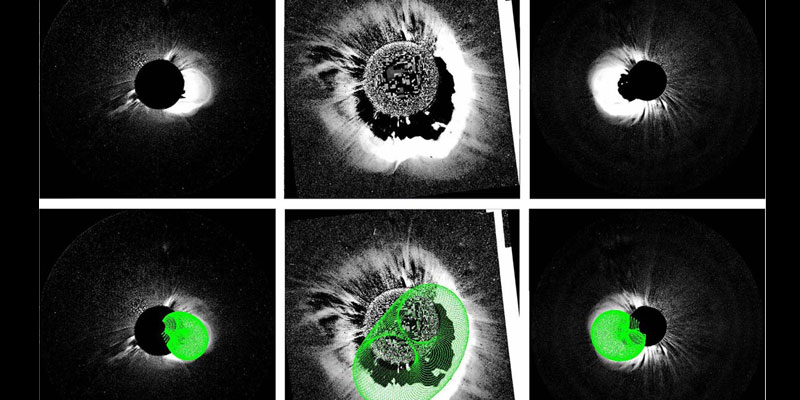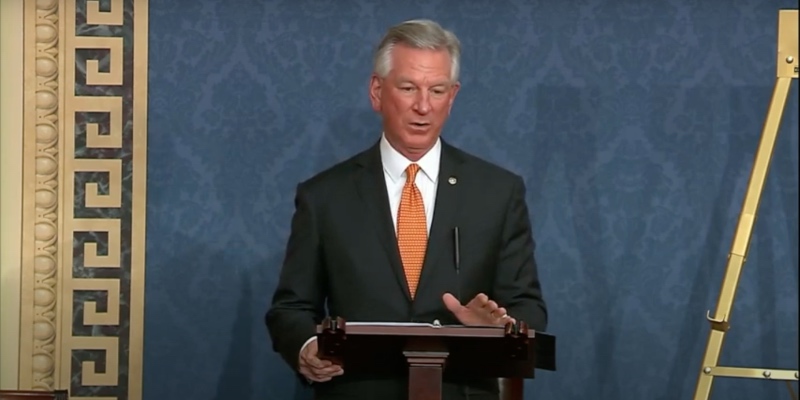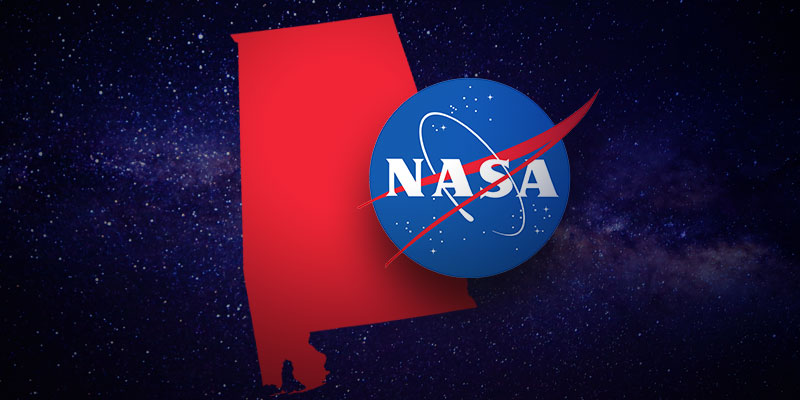ARAB — NASA Administrator Jim Bridenstine and Congressman Robert Aderholt (AL-04) visited Arab High School on Friday, speaking with students, faculty and local elected officials about all things space.
First on the agenda was meeting with the school’s student robotics team that is competing in NASA’s Great Moonbuggy Race, an annual competition in which student teams from around the country design, build, program and then operate their very own robotic moonbuggy.
The team’s teacher told Bridenstine that for him, “It’s not a job, it’s a calling.”
This type of passion was evident in the students and faculty when visiting with Bridenstine and Aderholt, as well as a contingent of NASA employees, some from the nearby Marshall Space Flight Center in Huntsville, who were accompanying the administrator.
This included a starring appearance by Ricky Arnold, an active astronaut who has spent time on the International Space Station, among other missions.
The next stop on the tour was another robotics team at the school, this one annually competing in the FIRST Robotics Competition. This is a “legacy team” for NASA, as it was funded by the agency for the first three years of its existence from 2004-2007. Now, operating for 15 years, it has become a nationally respected program, winning the Woodie Flowers Finalist Award at last year’s regional and advancing to the world championships. 25,000 students across American participate in this competition. And while not receiving funding from NASA anymore, several employees of NASA and/or Marshall Space Flight Center do help the team out as mentors and volunteers.
Bridenstine, while speaking with the students on the team, turned to Aderholt and said, “We at NASA believe in this (supporting student robotics efforts) so much because of the benefit we get from it, from young folks that get involved and end up working in either industry that supports NASA or working directly for NASA.”
“We actually invest about $4,500,000 annually into the FIRST Robotics program,” he advised.
Thank you Rep. @Robert_Aderholt for inviting me to @ArabHighSchool in Alabama today! The students here have some incredible teachers inspiring them to join #STEM fields. They participate in @NASA’s Great Moonbuggy Race and @FirstRobotics. Thanks to @astro_ricky for joining us! pic.twitter.com/jOYg7qG3QR
— Jim Bridenstine (@JimBridenstine) August 16, 2019
This was a major focus of NASA’s visit to Arab High School — emphasizing the value of STEM education and the pathways to high-quality, fulfilling careers that come from these types of classes and programs.
Bridenstine explained to the students on both teams that the work they were doing for their respective competitions “very closely mimics the kind of projects that NASA does.”
This builds real-world skills and prepares them realistically for STEM and technical jobs.
I can’t express my thanks enough for @JimBridenstine coming to visit with students today @ArabHighSchool I know they loved it and appreciated it. pic.twitter.com/HyBmgKla1R
— Rep. Robert Aderholt (@Robert_Aderholt) August 16, 2019
Bridenstine also offered words of encouragement.
“These kids here … could very well one day be building the robots that we put on Mars,” he stressed.
“I think you’ve got some future NASA employees right here,” Arnold chimed in.
“Yeah, no doubt,” the administrator responded. “No doubt.”
‘You guys are doing amazing things here’
While speaking to a more comprehensive group of Arab High School students shortly afterward in the school’s media center, Bridenstine shared some of the things NASA is working on now, things he told the students they could soon be directly involved in.
“I’ve heard wonderful things about this high school,” he remarked, adding that what he saw Friday affirmed what he had been told beforehand. “Clearly you guys are doing amazing things here.”
“Maybe, one day, NASA will be able to enlist you in some of the projects that we’re working on,” Bridenstine said.
The biggest project, perhaps, that NASA has on its plate was handed down directly from President Donald Trump: the Artemis program, which will see Americans return to the Moon, the first woman step onto the surface of the Moon and eventually see the first human voyage to Mars.
Much of the work on Artemis is actually being done at Marshall Space Flight Center, and Bridenstine, after leaving the high school in the Sand Mountain area, traveled up to Huntsville to announce even more goods news for north Alabama’s space industry — Marshall will lead the lunar lander program for Artemis now.
However, before leaving Arab High School, he left the students with more words of inspiration.
“I think if we were able to find life (microbial life) on another planet … if we can discover that, I think it’s going to change how we think, it’s going to change what we want to go discover and, of course, humanity will go further into the solar system than ever before,” Bridenstine concluded.
STEM — ‘Alabama has some really amazing programs’
Bridenstine and Aderholt also spoke to the members of the media present, sharing their enthusiasm for modern space exploration — and what the future could hold with students like the ones in Arab.
They both reiterated how educational tools like the robotics and STEM programs they witnessed on Friday help prepare students for real careers. The administrator added that at Arab High School and others like it, he hopes NASA can “inspire” students to travel the STEM pathway.
“When we talk about what it’s going to take for the United States of America to lead in the future, we’ve got to have folks entering the STEM educational programs — all across the country,” Bridenstine advised. “And of course, Alabama has some really amazing programs, some really amazing folks.”
Speaking with State Rep. Wes Kitchens (R-Arab) afterward, Bridenstine stressed how important state-federal partnerships are to NASA.
Legislators like Kitchens and State Sen. Clay Scofield (R-Guntersville) strongly supporting workforce development — whether it be technical training or STEM education — is important to build the highly skilled pipeline that keeps NASA and places like Marshall Space Flight Center running.
Kitchens told Yellowhammer News, “A lot of these things are teaching the kids what it’s like in a real-world application. Not only seeing it in the classroom, but being able to actually go out and be career-ready once they graduate high school.”
“Marshall Space Flight Center is so important to this area and this whole district, they have such an economic impact that kids are able to see and hopefully inspire them to be the next engineer or astronaut or whatever they want to be,” he added.
One important component that allows for successful STEM and workforce development programs like this, especially in rural areas like Marshall County, is having high-quality broadband in place. Scofield has recently led the charge in the legislature to expand rural broadband access across Alabama.
Speaking to Yellowhammer News, he called workforce development efforts “critical.”
“We’ve made every effort to invest in it here on the local level,” Scofield explained. “We’ve done that for the past nine years, and we’re really seeing the results firsthand here.”
“When we hear the administrator for NASA ask what these young people want to do and they say, ‘Precision machining,’ well that investment has paid off,” he continued. “That’s creating great opportunities for these young people.”
Scofield concluded that workforce development must continue to be invested in on the state and local levels.
You can view a tweet thread from the event, including photos and video clips, here.
Sean Ross is the editor of Yellowhammer News. You can follow him on Twitter @sean_yhn




